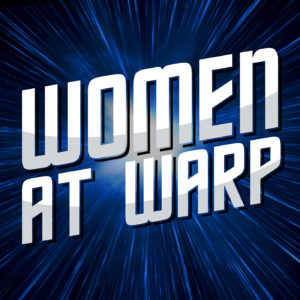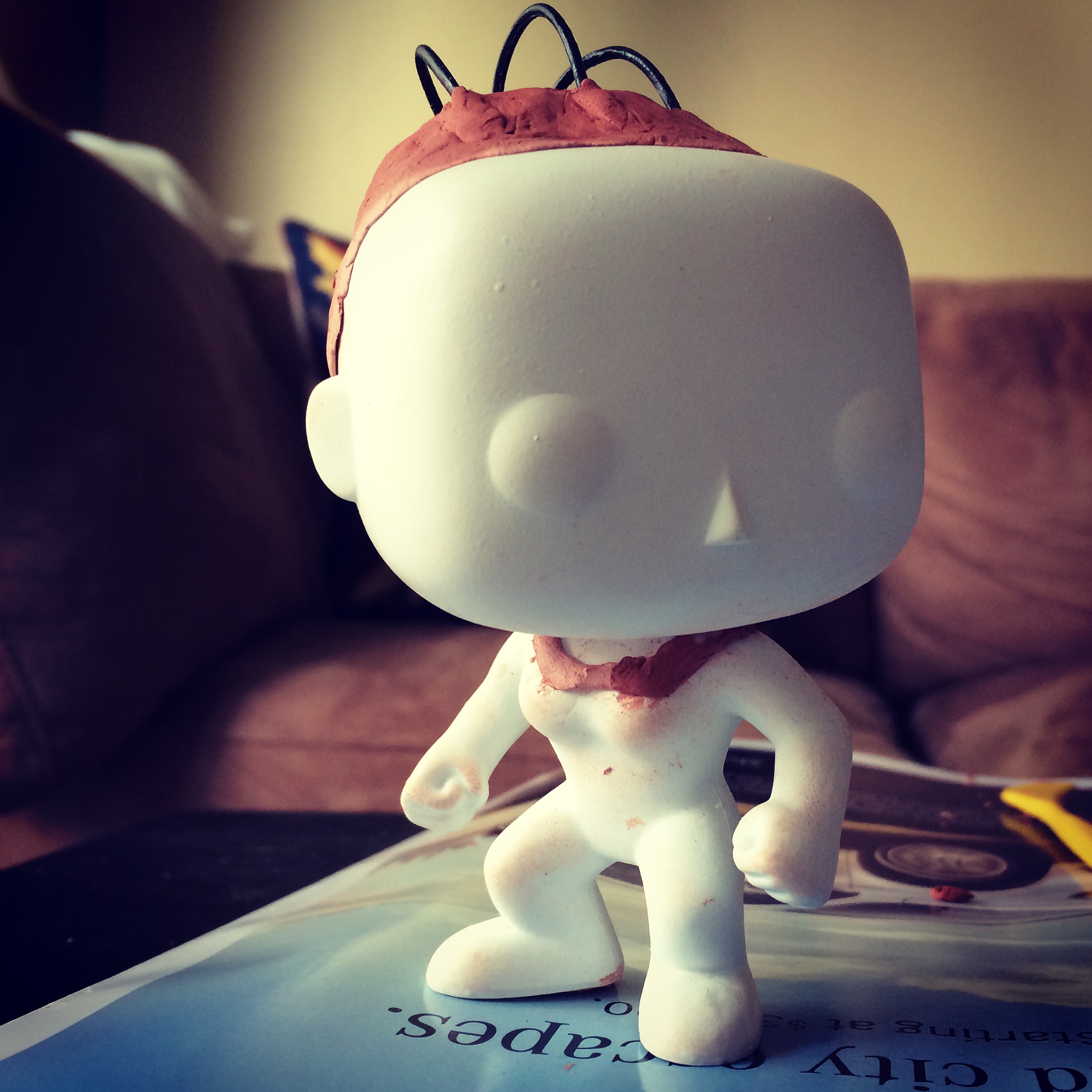In Unit Two of Star Trek: Inspiring Culture and Technology, we’re asked to analyze the pilot episodes of the live-action Trek series in a different way than I’ve attempted previously.
Which pilot best addresses the contemporary societal issues from when it was produced while taking the most advantage of the television format on which it was shown? Rank the episodes you watch in numerical order where 1 is the episode that best answers the question prompt.
Most of the Trek pilots look at the nature of humanity and make a statement about how humanity will have overcome our worst tendencies in the future. But few of them tackle the social issues of their times head-on (this seems to mostly take place in standalone allegory episodes).
Here’s my ranking:
- Star Trek: Discovery, “The Vulcan Hello”
- Star Trek: Deep Space Nine, “Emissary”
- Star Trek: Voyager, “Caretaker”
- Star Trek: The Next Generation, “Encounter at Farpoint”
- Star Trek: The Original Series: “The Cage”
- Star Trek: The Original Series, “The Man Trap”
- Enterprise: “Broken Bow”
Star Trek: Discovery, “The Vulcan Hello”
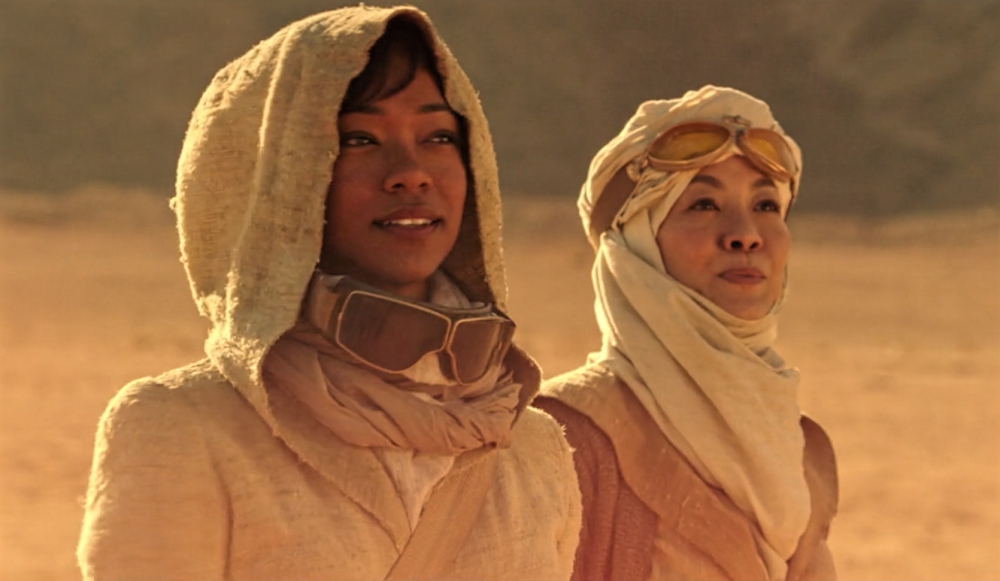
“The Vulcan Hello” stars the most diverse cast yet and discusses timely social issues while reminding viewers about the values of Starfleet. It starts with Burnham and Georgiou on a mission to save an alien species while respecting the Prime Directive. Later on we see the two fight and Burnham attempt a mutiny when she feels Georgiou and Starfleet are too gun-shy towards the Klingons. Sometimes Starfleet’s values of diplomacy are best explored when they’re put into question.
But the real reason I think “The Vulcan Hello” tops the list is because of the way the Klingons are used to depict rising fascism and xenophobia. T’Kuvma wants to unite Klingons as Klingons against Starfleet and some of his rhetoric is eerily similar to some of the virulent anti-immigration arguments made by the alt-right in our world today.
Bonus: It passes the Bechdel-Wallace test before we’re three minutes in!
Star Trek: DS9, “Emissary”
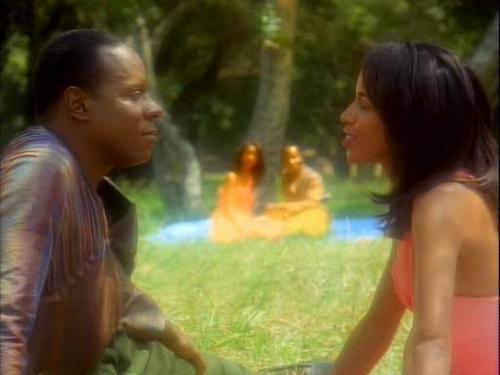
DS9 comes second for me because the pilot discusses religion; the adjustment of a society post-occupation (“This wilderness is my home“); loving, black family dynamics and fluid gender identity in the form of Jadzia Dax. If you want to read my deeper analysis of these episodes you can find that here (Part 1) and here (Part 2).
Star Trek: Voyager, “Caretaker”
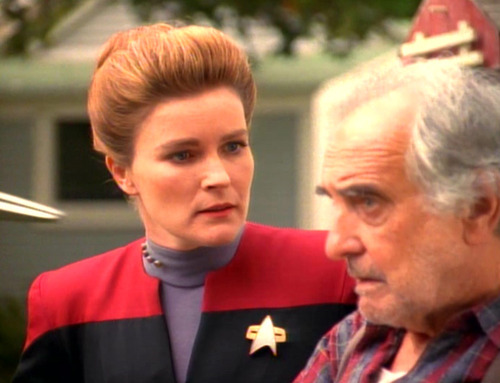
The pilot of Star Trek: Voyager starts us off right away confronting the political dynamics around the Maquis. The Maquis have always invited us to consider whether violence is ever justified, and to question Starfleet’s moral righteousness. In Voyager that theme continues and the inclusion of Chakotay as the Native American rebel leader reinforces the need for Starfleet (and us today) to take a hard look at our colonial power structures and ask who’s making our systems and who’s being excluded.
Another obvious theme this episode tackles is women in leadership – still a contemporary issue. Janeway not only serves as a role model for women in leadership but also subtly highlights that Trek is still catching up (“Ma’am will do in a pinch, but I prefer ‘Captain’.” At the end of the day, the lesson is about setting aside our own interests to save an oppressed group – something very like “Encounter at Farpoint.”
You’ll find my original review of “Caretaker” here.
Star Trek: TNG, “Encounter at Farpoint”
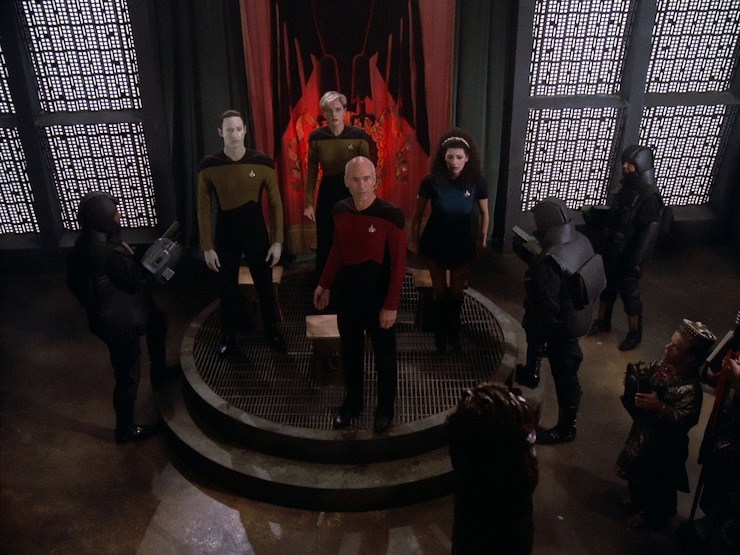
“Encounter at Farpoint” has strong similarities to both “Emissary” (the leader has to defend humanity to super-powerful beings) and “Caretaker” (our crew demonstrates how humanity has evolved by choosing to sideline their interests to save the oppressed). It also introduces Data, who embodies contemporary discussions of technology. Finally, it tells us that the Enterprise-D carries families and a counsellor, at a time when women’s role in the workforce and work-family balance were big themes in social discussions.
Star Trek: The Original Series, “The Cage”
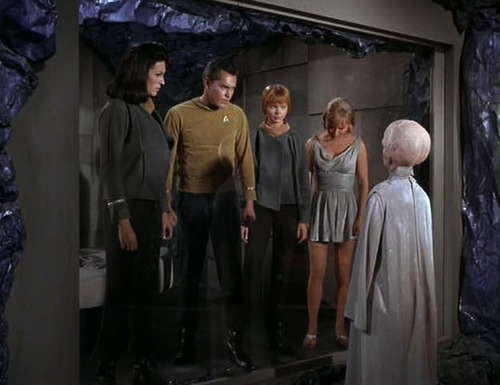
“The Cage” is incredibly imaginative. It’s also a good introduction to Star Trek principles like the importance of teamwork, pursuing knowledge, and challenging ourselves. It’s got competent women in leadership, and in pants. It’s got some racial diversity. That’s about the extent of its commentary on social issues of the 1960s.
But it also undercuts its own progressivism in the way it forces us to consider even Number One’s reproductive value, and the message it sends at the end about the importance of youth and beauty even over reality. More on this in my original analysis, and in this great video by Steve Shives that I actually learned about through course discussion: “Is Star Trek Actually Less Progressive Than You Think?”
Star Trek: The Original Series “Where No Man Has Gone Before”
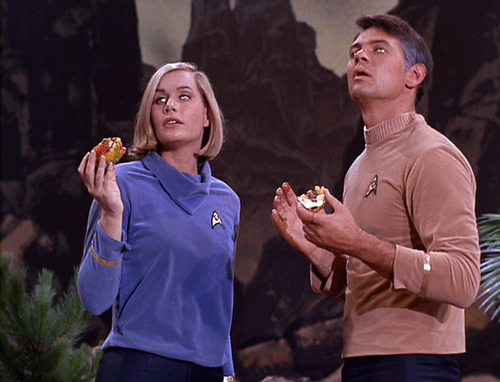
Like “The Cage”, “Where No Man Has Gone Before” both introduces and undermines a strong woman character, in this case, Dr. Elizabeth Dehner. Also like “The Cage” it references Adam and Eve and questions the hubris of those who would put themselves in the place of gods. It has a message about how power can corrupt, but not much of a stance on contemporary social issues. That said, it does show groundbreaking technology like Mitchell’s space ereader, in addition to the transporters, tricorders, communicators and phasers we saw in the first pilot. Here’s what I wrote previously on this episode.
Enterprise, “Broken Bow”
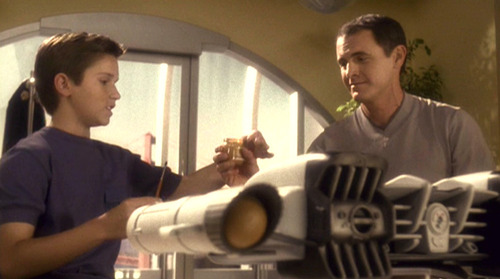
Like Star Trek: Discovery, the Enterprise pilot talks about xenophobia. Unlike Star Trek: Discovery, it shows our new Captain as xenophobic, and the one who’s xenophobic, this time about Vulcans because they didn’t give his dad a fair shake or something. This pervades mostly unquestioned through the rest of the series and really undermines Star Trek values of diversity, diplomacy and inclusion.
So contemporary social issues…I guess you could say it mirrors problems in our society like intolerance for people of other races, and boys’ club structures in the workplace. But unlike the other series Enterprise doesn’t seem to want to unpack that at all – it’s like they thought that DS9 and Voyager had checked all the diversity boxes and when you go back in time you have to do so socially as well.
Here’s my previous post on “Broken Bow.”
